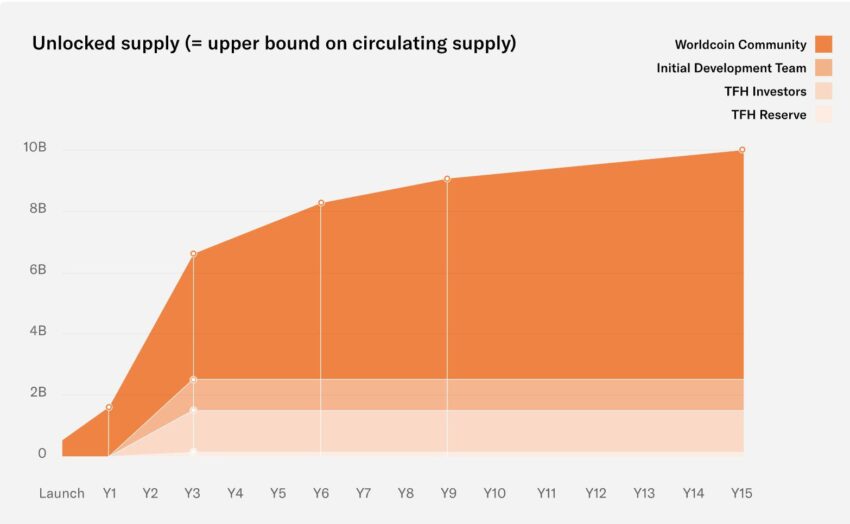OpenAI’s CEO, Sam Altman, is no stranger to ambitious ventures. As a pivotal figure in the tech world, his recent foray into crypto, WorldCoin (WLD), has been one of the most scrutinized launches.
While WorldCoin has already piqued the interest of investors around the globe, recent revelations about its operations, token economics, and potential risks have raised eyebrows.
Market Makers Control 95% of WLD’s Supply
WorldCoin was designed as a digital identification platform to differentiate real humans from bots or artificial intelligence (AI) algorithms. Its primary tool, the Orb, is an iris-scanning device to ensure each person on the internet is unique.
But with such an innovative proposal comes inherent challenges. Some of which may even border on ethical and practical gray areas.
One of the first concerns that surfaced post-launch revolved around token economics. Upon its debut, the circulating supply of WorldCoin stood at 143 million tokens. This included a 43 million WLD airdrop and 100 million WLD loaned to non-US market makers for three months.
“The WLD token starts with a relatively low circulating supply of at most 143 [million] WLD (i.e., 1.43% of initial total supply). This is due to the goal of creating a network of as many human beings as possible – and to achieve this, the majority of the WLD token supply will be given to new and existing users over the years to come,” reads WorldCoin’s white paper.

Go to Source to See Full Article
Author: Bary Rahma






